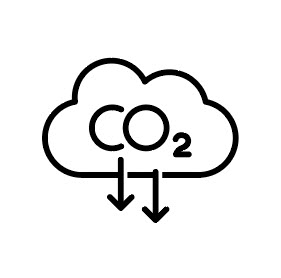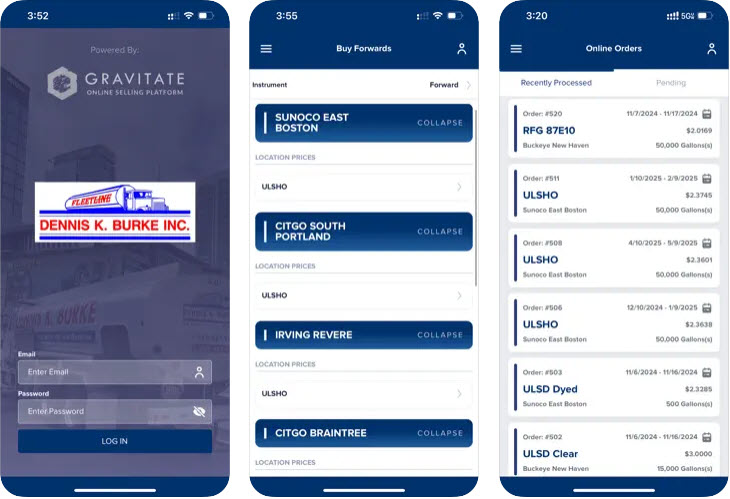What's the TCI & how does it work?


You may have been hearing about the Transportation & Climate Initiative (TCI) on the news recently - in particular, you have probably been hearing about the implications the TCI would have on the gas tax. (That goes double for those of you in Massachusetts, where gas taxes were a major point of contention in the prior few election cycles)
The TCI is a cap-and-trade system for incentivizing development of fuel efficient technologies, while simultaneously putting a "cap" on emissions and a price on carbon offsets to reach those caps, where needed.
So if it goes into effect, what happens? What you have probably mostly heard about is that depending on which option the TCI takes officially (25%, 22.5%, or 20% reduction in emissions by 2032) the gas tax you pay at the pump would go up 5, 9, or 17 cents per gallon (estimated).
But there is a lot more to the program and it's goals than just an at the pump tax, in fact, that's not even the main part of the program. The main portion of the Initiative is the emissions cap and the corollary carbon allowances that would be required for transportation companies to offset their fuel's carbon dioxide production. Carbon allowances can be both auctioned and traded, and money from their sales would go to member states for further transportation emission reduction measures.
There is a lot involved in the program, some of which is relatively complex. I wrote an article for Oil & Energy Magazine this past month that runs through the basic framework of the program, what the estimated goals are for both emission reductions and revenue generation, and what impacts are projected for consumers.
You can read that article here: TCI: What's Under the Hood?


